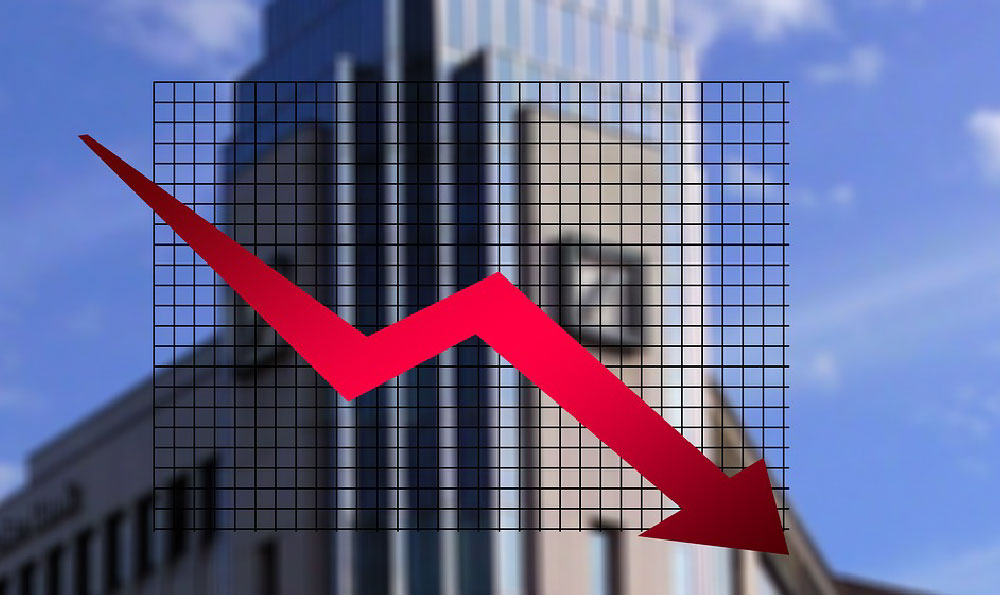How to Sell Art Online: Can You Really Make Money?

The allure of selling art online is undeniable. It promises a global audience, reduced overhead costs, and the potential to turn a passion into a profitable venture. However, navigating the digital art market requires more than just talent; it demands a strategic approach, a solid understanding of online platforms, and a realistic expectation of the time and effort involved. The question isn't simply "can you make money?", but rather, "how can you maximize your chances of making meaningful income?"
Before diving into specific platforms and techniques, it's crucial to define "making money." Are you aiming to supplement your income, build a full-time career, or simply recoup material costs? Your goals will significantly influence your strategy. A hobbyist might be content selling a few prints a month, while someone seeking financial independence will need a more aggressive and multifaceted approach.
One of the first hurdles is choosing the right online platforms. Options abound, each with its own strengths and weaknesses. Established marketplaces like Etsy are known for their vast reach and user-friendly interface, but they also face intense competition and relatively low price points for original art. Platforms like Saatchi Art cater to a more discerning clientele, focusing on original artwork and offering higher price points, but require a higher level of curation and artist visibility. Specialized art platforms like Artfinder or UGallery also offer curated experiences and connect artists with collectors seeking specific styles. For photographers, platforms like Fine Art America or Redbubble can be attractive for print-on-demand services, allowing artists to earn royalties without managing inventory or shipping.

Beyond marketplaces, artists should consider building their own website. While it requires more effort in terms of design, maintenance, and marketing, a personal website offers complete control over branding, pricing, and customer relationships. It allows you to showcase your entire portfolio, tell your story, and build a loyal following. Social media integration is paramount; your website should seamlessly connect to your Instagram, Facebook, and other relevant platforms.
Marketing is where many artists struggle. Simply listing your art online isn't enough; you need to actively promote it. Social media is a powerful tool, but it requires consistent engagement and a well-defined strategy. High-quality images and videos are essential to showcase your artwork effectively. Use relevant hashtags, participate in art-related communities, and consider running targeted advertising campaigns to reach potential buyers.
Content marketing is another effective strategy. Create blog posts, articles, or videos that explore your artistic process, the inspiration behind your work, or the techniques you employ. This not only educates your audience but also establishes you as an authority in your field. Email marketing is also valuable for nurturing leads and keeping your followers informed about new releases, exhibitions, and special offers.
Pricing your art is a delicate balance. Research the market for similar artists and styles to get a sense of prevailing price points. Consider factors such as the size, medium, complexity, and time invested in each piece. Don't undervalue your work, but also be realistic about what the market is willing to pay. Offer different price points by selling prints, merchandise, or smaller original works to cater to a broader audience.
Building relationships with potential buyers is crucial for long-term success. Respond promptly to inquiries, offer personalized recommendations, and provide excellent customer service. Consider offering commissions or custom artwork to create unique and meaningful pieces for collectors. Cultivate a community around your art by engaging with your followers, hosting virtual studio tours, or participating in online art challenges.
Furthermore, understanding the business side of selling art online is critical. This includes tracking expenses, managing inventory, handling shipping and returns, and complying with tax regulations. Consider using accounting software or hiring a bookkeeper to stay organized and avoid costly mistakes.
The online art market is constantly evolving, so it's important to stay informed about new trends, technologies, and best practices. Attend online workshops, read industry blogs, and network with other artists to learn from their experiences. Be prepared to adapt your strategy as needed and experiment with different approaches to find what works best for you.
Finally, it's essential to be patient and persistent. Building a successful online art business takes time and effort. Don't be discouraged by initial setbacks. Focus on creating high-quality artwork, building a strong online presence, and nurturing relationships with your audience. By combining talent with a strategic approach, you can significantly increase your chances of making meaningful income selling art online. The key is to view it not just as a creative pursuit, but as a business that requires dedication, marketing savvy, and a commitment to continuous learning. While there are no guarantees of instant wealth, the potential for success is real for those who are willing to put in the work.















